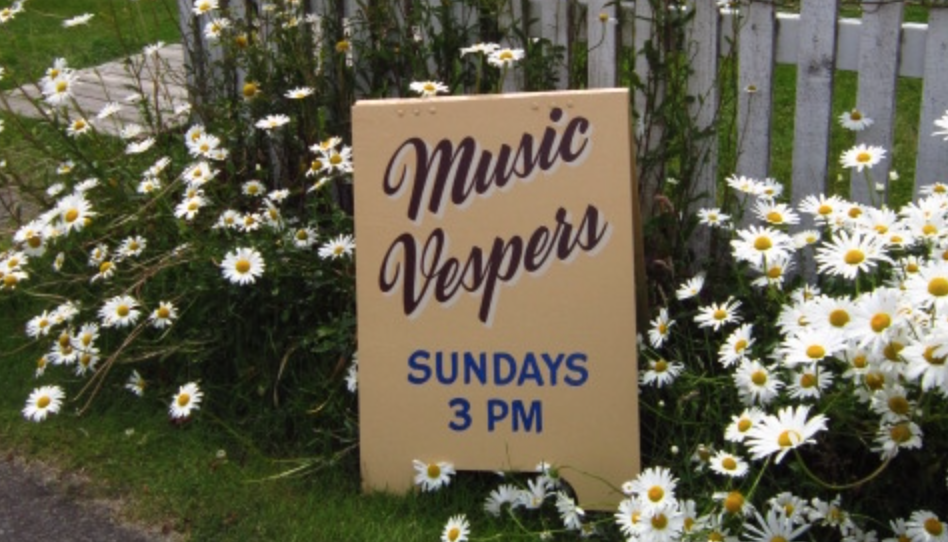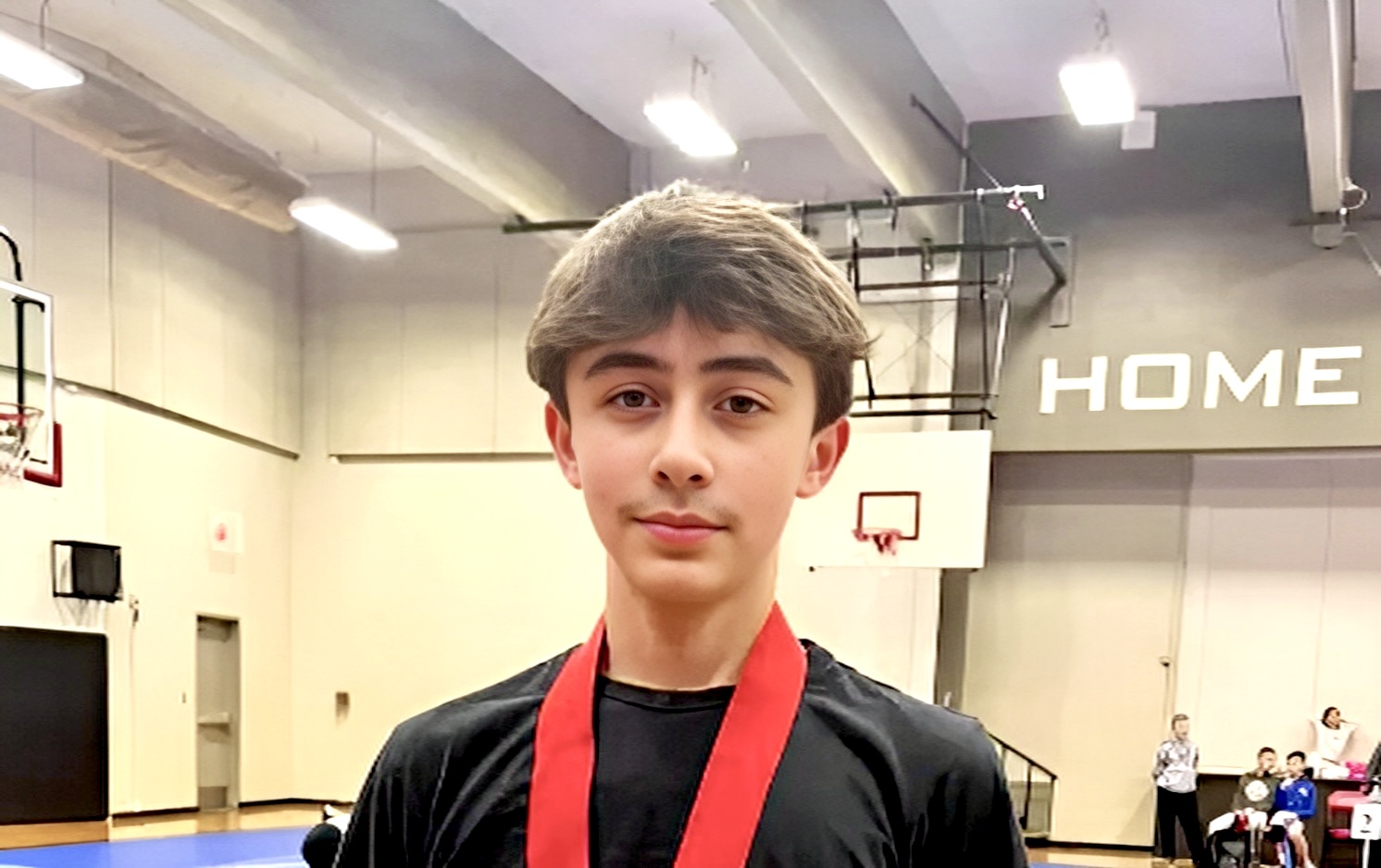Guest Column: Remembering Virginia Holway
Published 5:00 pm Tuesday, May 15, 2007
While compiling information for our Oysterville Heckes-Kemmer family history in November 1998, I spent a delightful few hours with Virginia Holway, who passed away earlier this month. There has never been a time when I haven’t known her and her late husband, Ted. Their three oldest children, Johnny, Ruthie and Annie were our playmates in the 1940s. After hours of fun at the bay we were always covered with sand and green slime and looked like refugees – a truth inconveniently kept alive in old black and white photos.
When I spoke to Virginia that winter day I found her just like she’d always been, a lady whose laugh revealed how much she enjoyed life. Her eyes sparkled with interest, as they always had, even though her body had aged. Of course so had I, and rather than being a young whippersnapper tearing with the others through her house or ours, I sat on a chair beside her. We had such a great few hours!
Virginia’s life had been interesting here on the Peninsula, and I included some of her stories in our memoir, along with the info she provided about my relatives. I hope you will enjoy these parts of what I wrote:
As we sat down to talk I gazed out a big window overlooking Willapa Bay where an acre or two held horses. I knew Virginia couldn’t look after them, and she explained her daughter was their caretaker. “Susie was out there this morning, trying to fix their shelter,” she said.
The weather had been stormy and a dappled horse hugged small trees and blackberry bushes. Lumbering into the wind, an oyster dredge headed south. It was a scene I cherish and from this distance and angle, it brought back many memories. We settled back to visit.
Virginia began with the early days, as I’d hoped. “The train quit in the early 1930s, just before I came here. Ted lived in a cottage before we were married in 1933, over on the Naselle River.” Sandridge Road, along the bay, was the only one when Virginia arrived – what we called the back road. Prior to her, transportation had been interesting, with a stagecoach tearing up and down the ocean beach, then a railroad and finally the state route. Nowadays the back road is picturesque and tree-lined while the highway is full of traffic and crowded by businesses to its shoulders.
We turned our attention to the folks, who had come to Oysterville in 1919, 15 years before Virginia. The once vibrant town had dwindled to a handful. The few residents with party line phones got the latest news by listening in on calls, then chatting with neighbors who had none. It wasn’t considered nosy, just practical.
Virginia got to know our family well since her husband and Glen Heckes were oystermen. Ted Holway was at least 6-ft., 2-inches tall, friendly, with a smile that lit up his entire face. Both men were large, and their hip boots, tossed absently on a back porch, could have housed a dozen litters of kittens. Glen, Roy Kemmer and Ted joined together to form the Northern Oyster Company, building theirs from the old Sherwood Cannery at the north end of Oysterville. Just what each man brought into the partnership Virginia didn’t mention except to say Glen was “an idea man.”
A blue heron glided by, banking grandly into the wind before he settled down in the far grasses beside the bay. It was an inspiring view with winter clouds threatening rain again. We discussed the old Holway house I remembered and Virginia told me it had been Andrew Wirt’s, left to him by his heirs. Mary, Andrew’s second wife, had been a widow with children. When she needed water she walked across the lane to the Espy’s pump. The first Mrs. Wirt was a Stevens of the Stevens Hotel family that stood north of Espy’s house, but was gone by the time Virginia arrived.
“We had a cupboard from that old hotel in our garage,” she said. “Horace Wirt, Andrew’s son, “batched” in the house before we bought it.” When the folks moved to Oysterville, Dale Espy’s ebony horse with the white diamond on his face grazed in the pasture where the once busy inn had been.
Virginia and I reminisced about other places now missing, like a white house with green trim across from the Mert Andrews home and garage. Dr. Bard owned it, Virginia said. As a child I thought it seemed out of place with its bright paint and no occupants, ever. He had built the huge barn northwest of the cannery, too, which was painted red toward the end of its long existence. His house was consumed by fire; a fitting ending, I thought for a complex always kept so neat and clean as though maintained by ghosts. We spoke of another fire, that of Sherwood’s cannery – disastrous because it was doing business at the time.
Lou and Ann Kemmer, my grandparents, bought the Swan Hotel that had once been a stage stop, at the southwest corner where the main road turns west to the ocean. They had it attached to the Greenman house next door, giving the family more rooms for summer guests. Virginia and I remembered the weeping willow, just beyond a wire fence laden with moss roses each summer. Sadly, the historic and unusual house rotted away after all the old folks died and it was sold. Stories led us winding through time as we chatted, one of the reasons I’d sought out Virginia.
“Bob Kemmer was still in high school when I arrived, but when the tides were right for oystering he stayed home to help.” Life was simple and straightforward, uncluttered by regulations, we agreed. Everyone had gardens and many raised a few animals for meat, getting help from neighbors at butchering time. The bustling county hub had shrunk to a little community of friendly people. There was a closeness as men worked at oystering and fishing; their kids went to school and played together; wives enjoyed each another when and if they had time. At funerals men looked funny in shirts and ties, we agreed, to the point they were almost unrecognizable. Clothes, even dressy ones, often came by mail from the Sears catalogue. There was no style because all clothing was purchased for sensibility.
“Picnics at the Point – remember them?” (Leadbetter Point) “Yes,” Virginia answered, smiling. “The place we used to go was in a small stand of pine trees, where the foot trail now leads off toward the ocean. The old gravel road continued northeast.” She agreed it was an ideal spot for family gatherings with lots of open areas to spread blankets. We kids loved July outings at the Point especially, with mounds of food and the boys blasting off caps.
We discussed Taholah, the fish-buying station near Grays Harbor, by the ocean and Quinault River. “Ernie Markham bought fish there and from fishermen on the Columbia River for the new cannery in Ilwaco,” she told me. “Ted, Roy and Glen purchased the McGowan Cannery from John McGowan, Sr., to form their newest venture, the Keystone. Long after dams ruined salmon runs in the Columbia, Ted, along with many others, began Sea Resources in Chinook, near the Prest house.”
Every child in town went to the one room Oysterville school before it closed and then had to go into Ocean Park. We talked of Mrs. Batte, now Mrs. Savage. “She lives in Louisiana these days,” Virginia said. “You know, until World War II teachers had to be unmarried.” Yes, I remembered her well, and her handsome Coast Guard husband. The soldiers who rode jeeps through town were an exciting part of our lives, too.
Virginia remembered the ocean as it used to be. I agreed the beach was beautiful, and told her, “I loved the tall grasses and windswept sand dunes for miles in either direction as we crested the hill. Even though I saw it several times a week it was always exciting, such raw power and beauty.”
We talked about the three-dozen clam limit, compared to 15 individual clams now, and she laughed. “They told me I dug like a tourist. That was the worst slur. We took rakes and looked for crab holes, too.” So did we, but where had the big crab holes gone? “I guess the beach has changed because you don’t find them often now,” she said.
It was time to go, but we had enjoyed several hours of memories as the past came alive again. It was a cozy afternoon with Virginia I would never forget.





